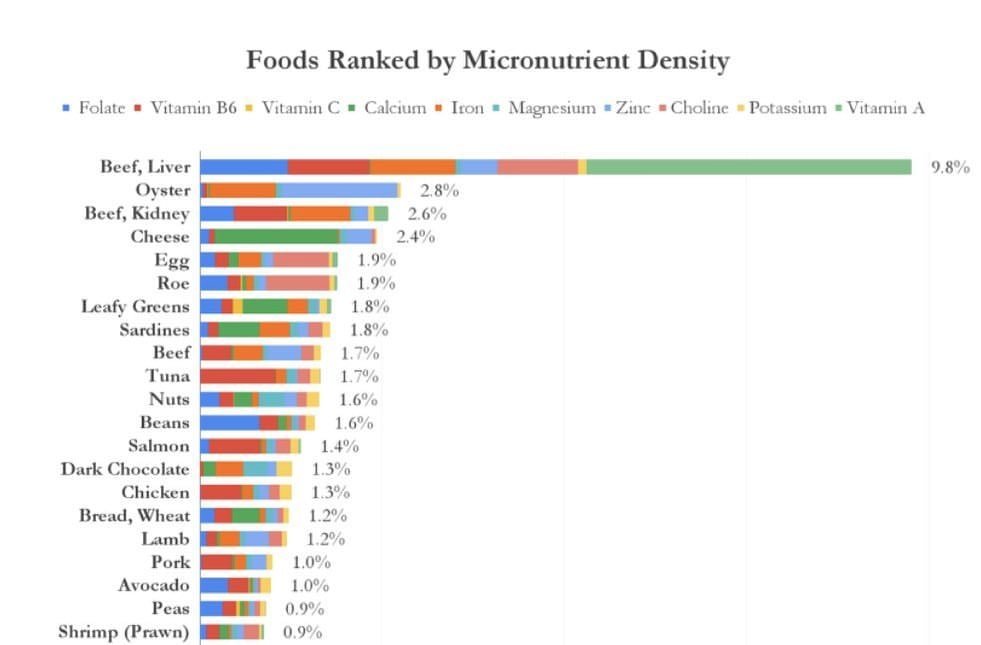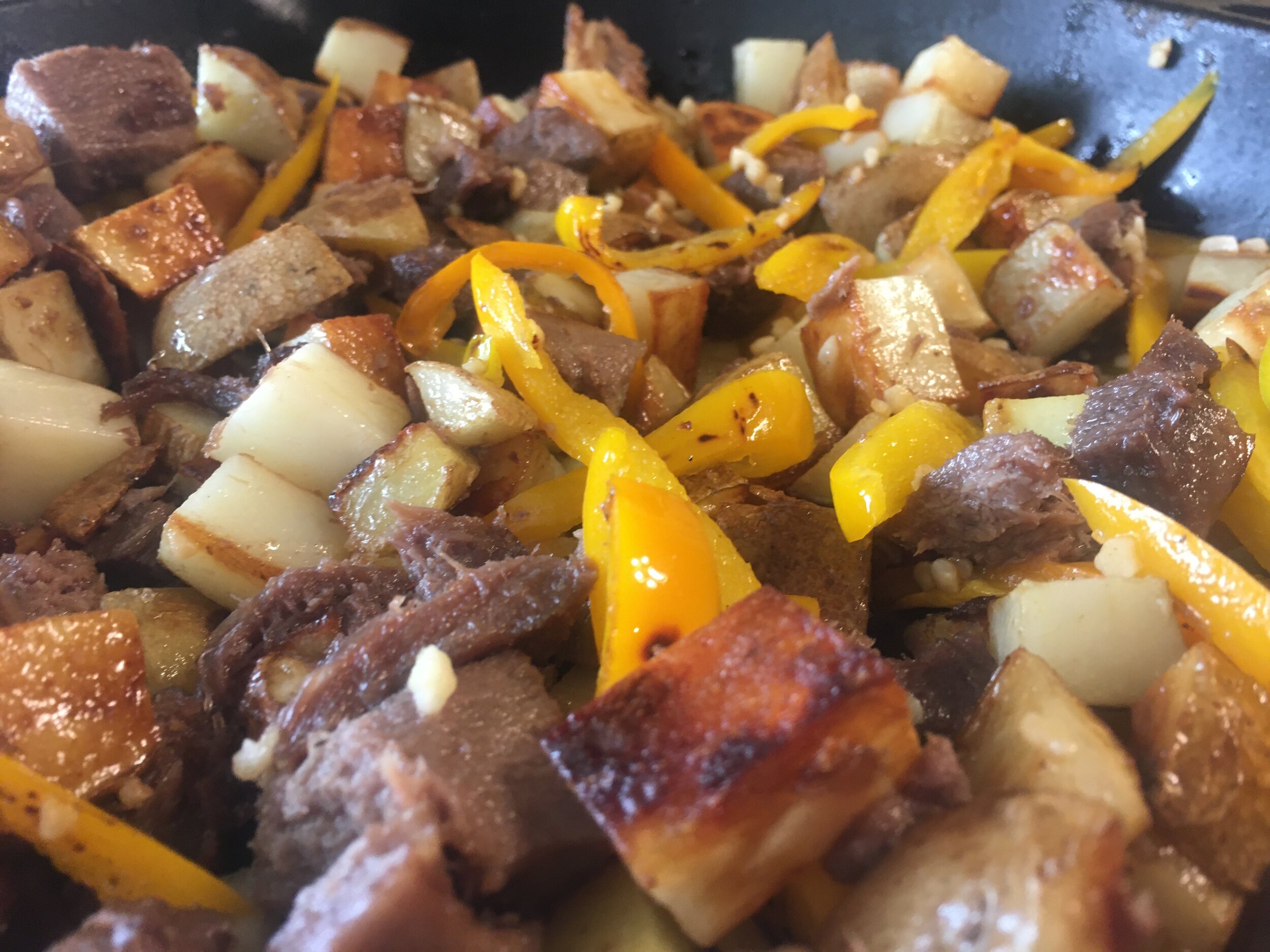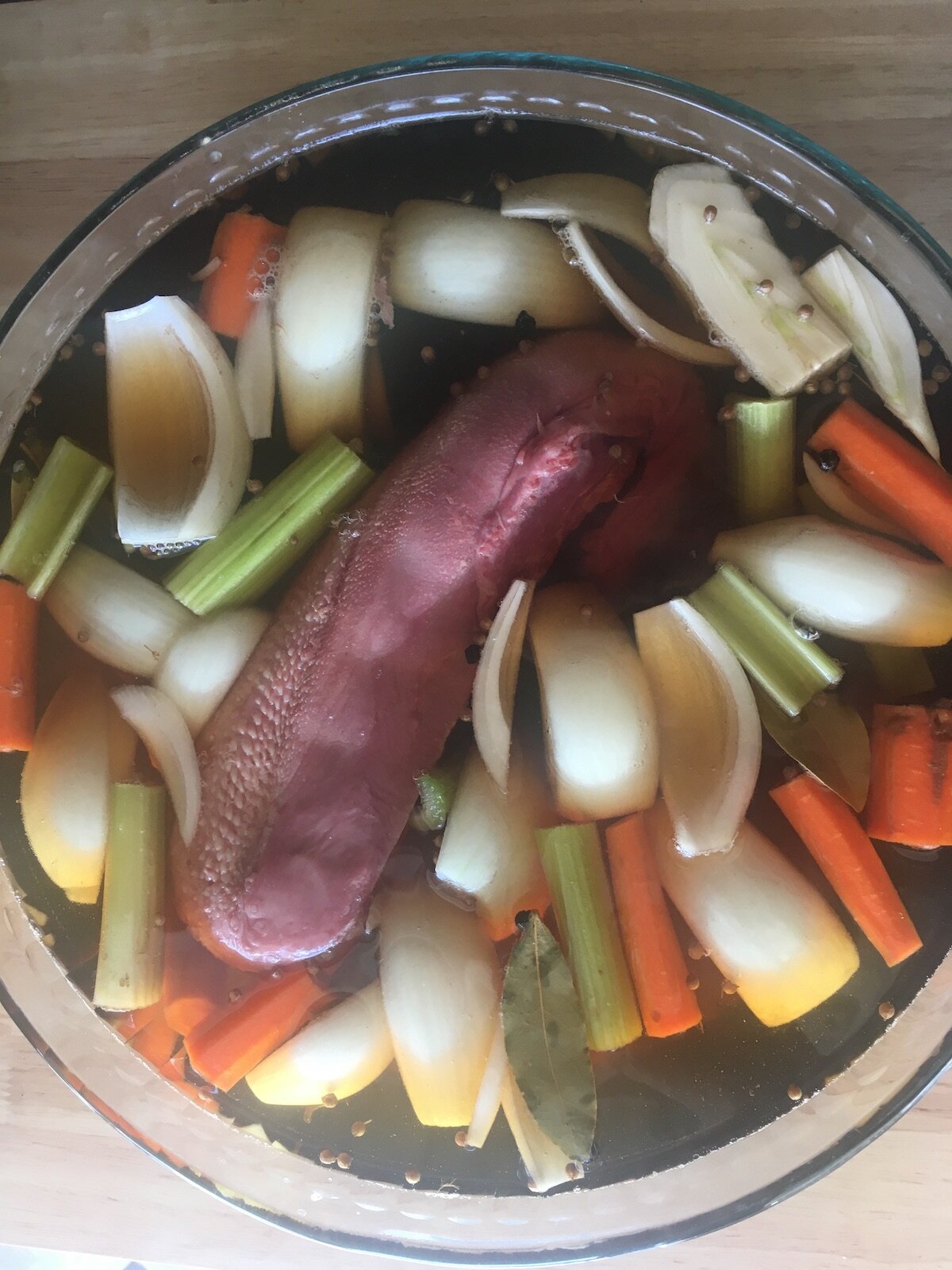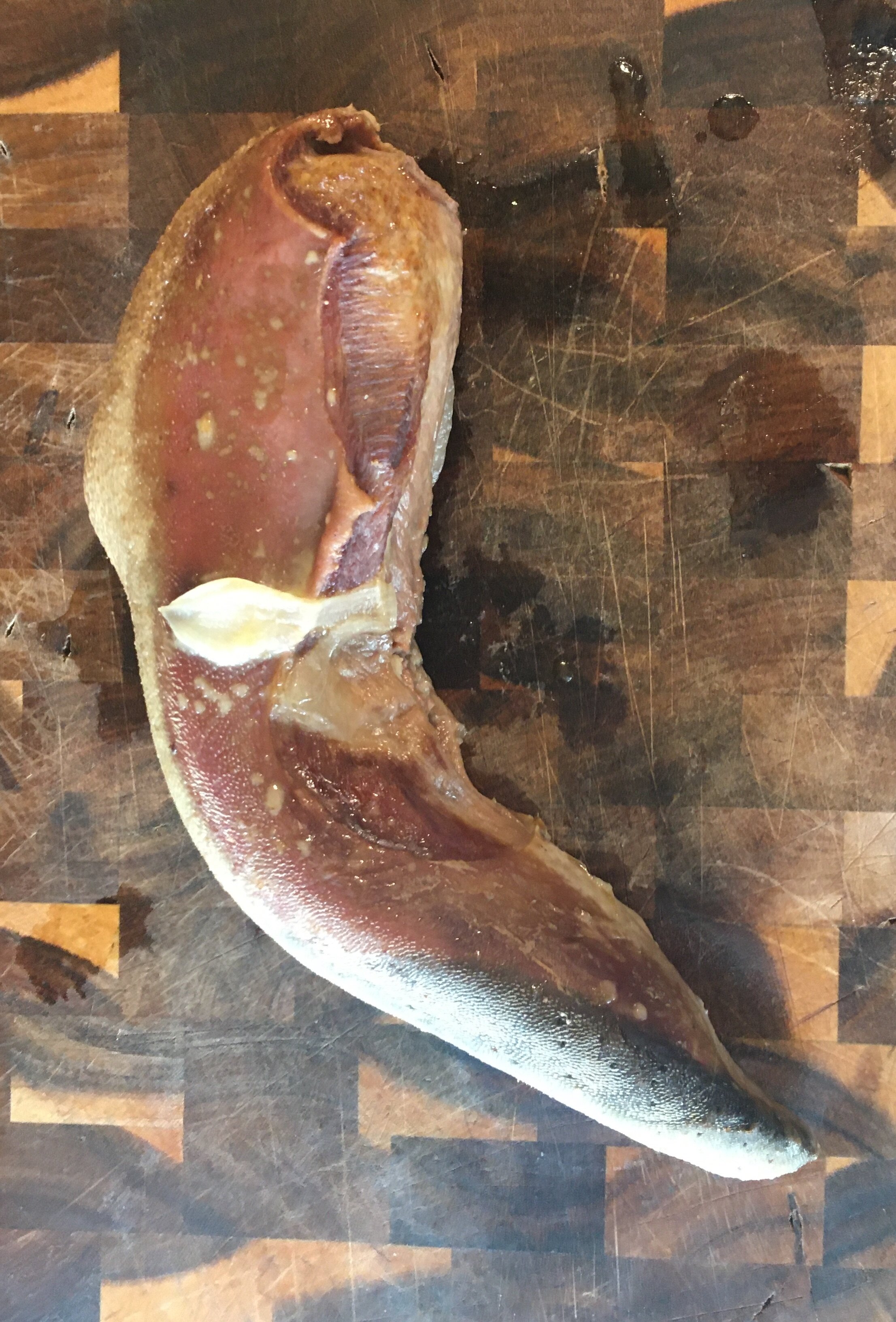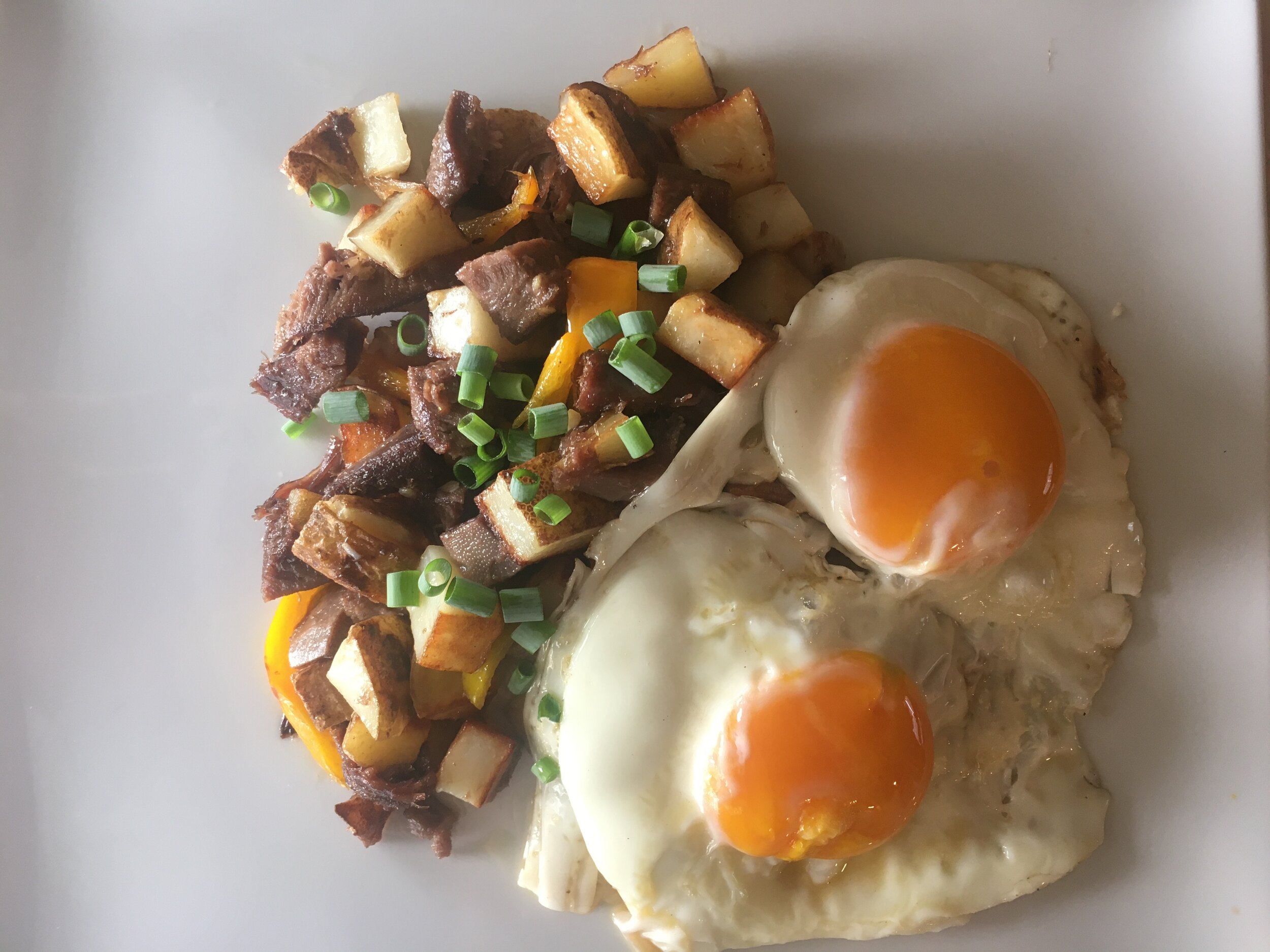Geronimo and Jonquil grazing during a light snowfall.
November seemed to alternate a few days of glorious thick misty fog with a few days of brilliant Indian summer, giving us a mild month easing towards winter, with a few minutes of snow on the 24th. I heard an old wives tale for our area, the Treasure Valley, saying that the date of the first snow is supposed to forecast approximately how many snows we'll get in a winter. Last year, first snow was in early December, and we only got three or four snows. This year, first snow on the 24th of November, and we've had half a dozen since, already. I don't know how it works, but I'm curious to see if the pattern holds. Also, friends' goats were late coming into season, which means they'll wait to kid until late spring, which may be another tell that this winter may be cold, wet, long, or all three.
Cosmos catching snowflakes with his tongue, Fig Newton in the background, and one of our young bulls, Hercules, on the right.
We started feeding hay to the milk cows and heifers in November, but we have grass pasture stockpiled for the steers' winter feeding, and the other day when it was snowing on green grass, it made for some fun pictures.
The three piglets on their first day at the farm.
In mid November, we got three piglets. Babe, Wilbur, and Hen Wen. We made a house inside a shed filled with hay, with a wall covering half the front of the shed to keep weather out, and half open to get several hours of sunshine. They also have some turf in front of the shed in their pen, and they have a grand time running in and out of the shed.
Sasha, Claire’s puppy, checking on the piglets.
They are extremely playful, and make most everyone smile who sees them. They enjoy life to the fullest, running and rolling and playing, and especially eating. They smack their lips with every bite. They are inquisitive, friendly, and happy, and my puppy Sasha loves them.






















